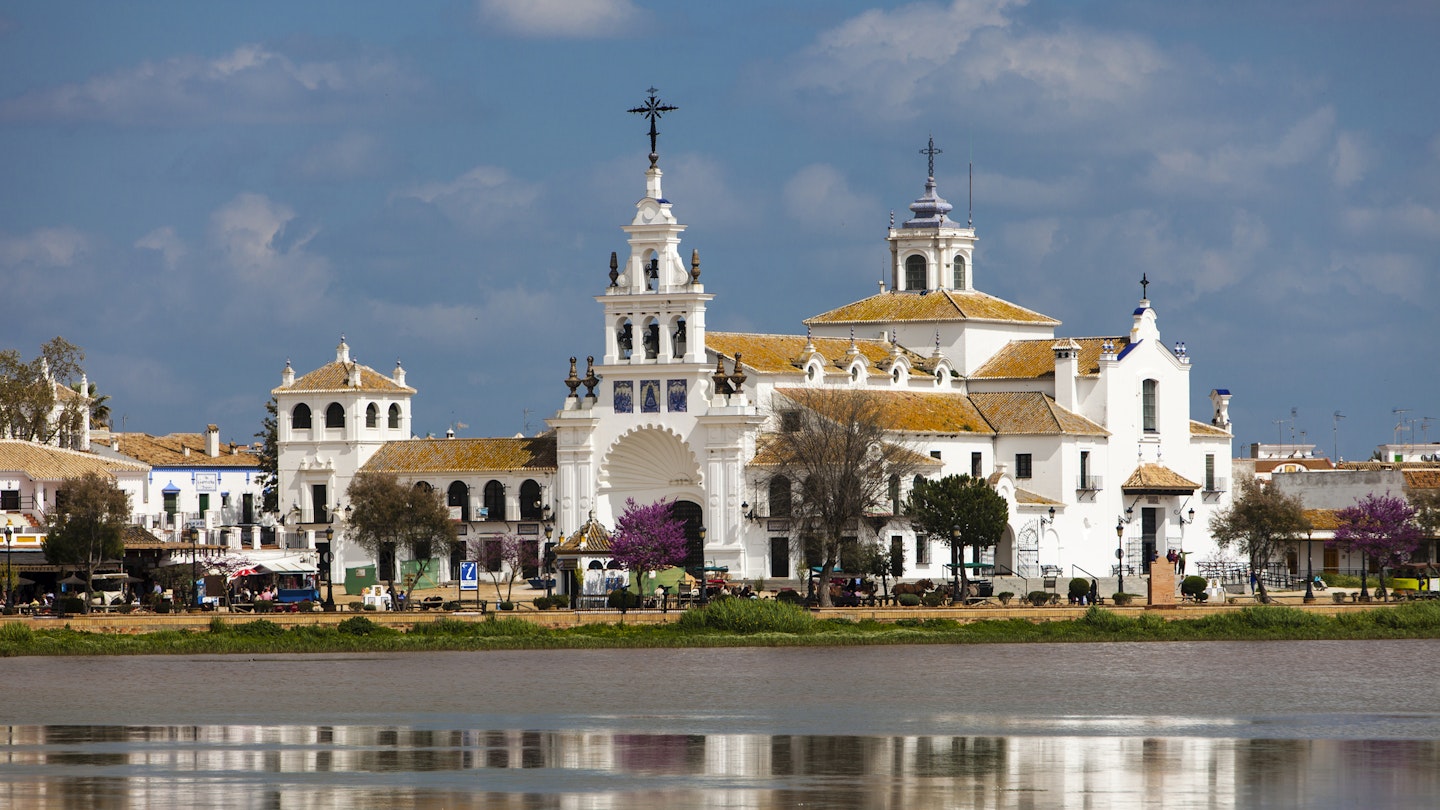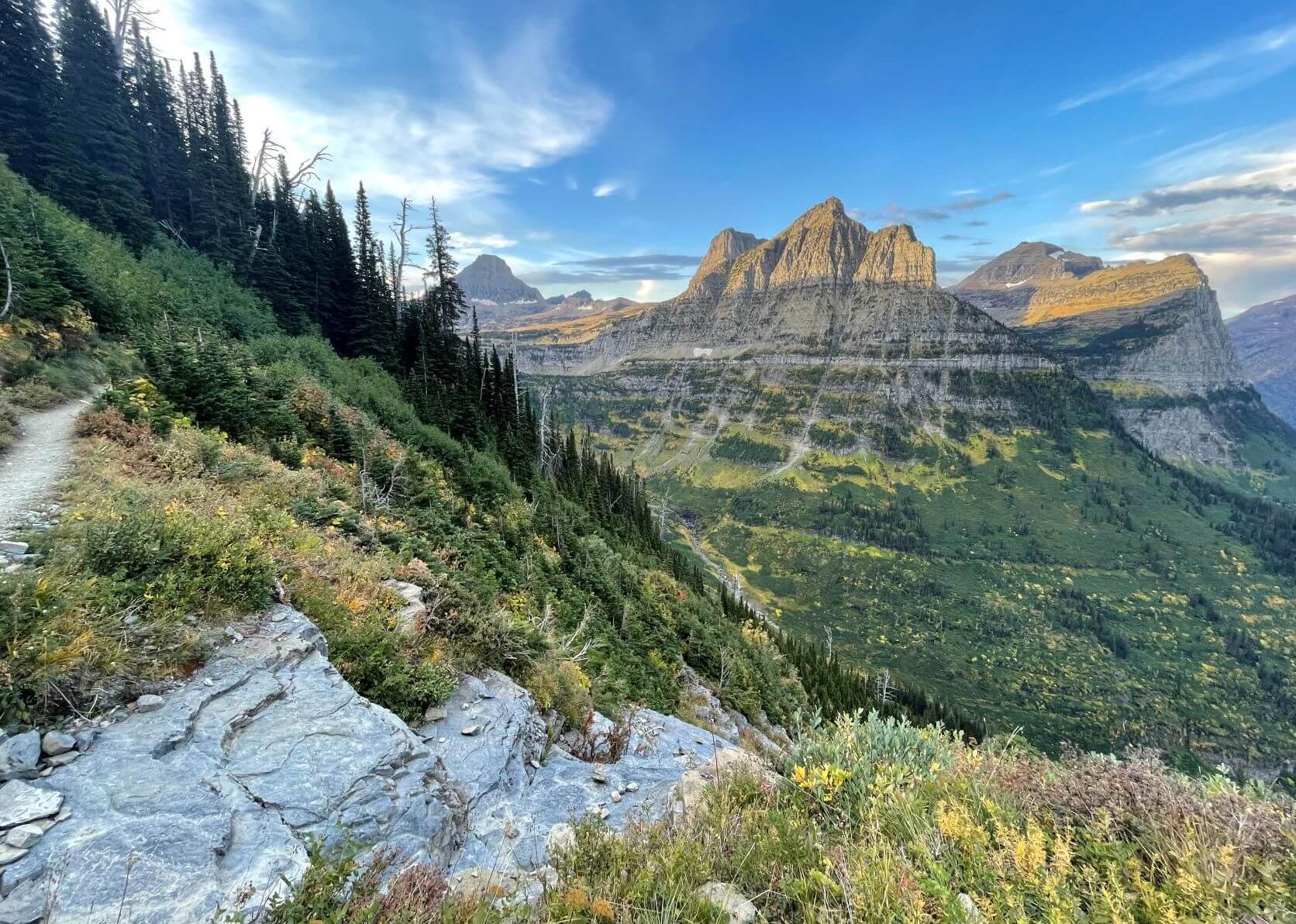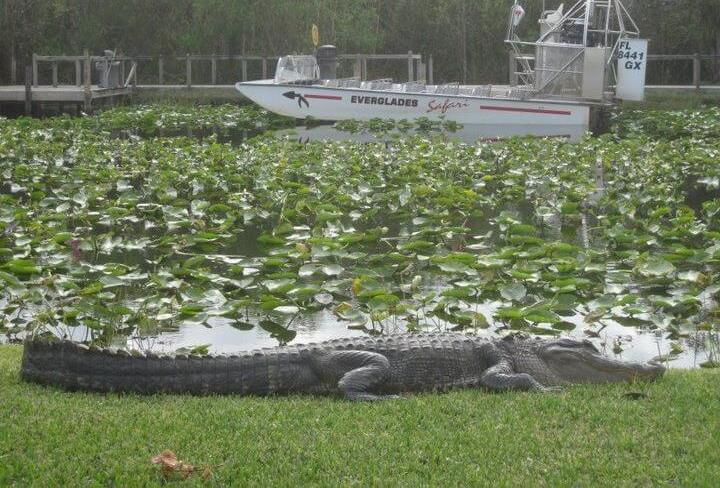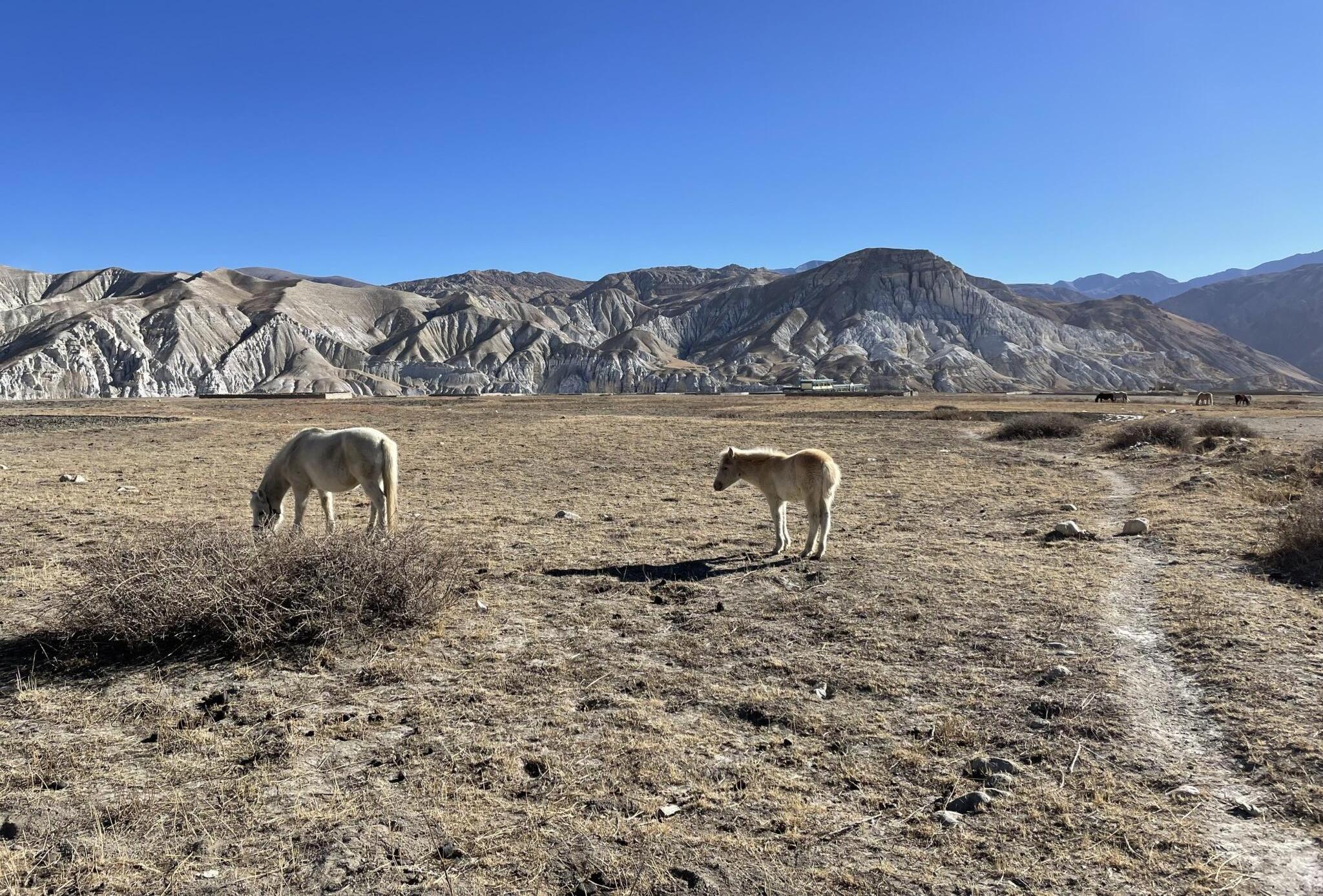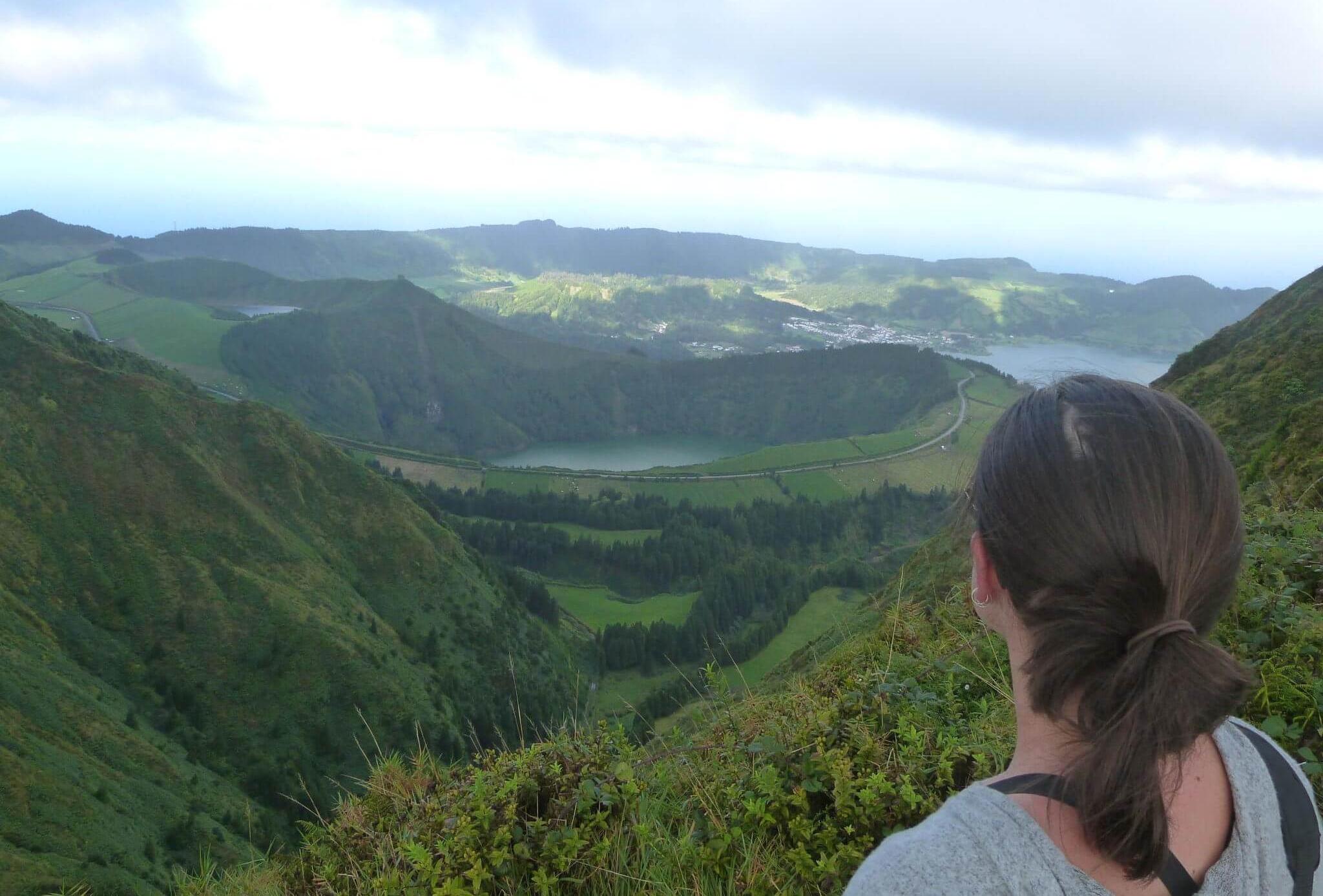Discover the allure of Huelva and its treasures, from historic sites to culinary delights, as you explore the vibrant region of Andalucía.
Contents:
- 1. Explore the Museo de Huelva
- 2. Experience the city’s heartbeat at Plaza de las Monjas
- 3. Discover Columbus’ story at the Santuario De Nuestra Señora de la Cinta
- 4. Eat chocos (cuttlefish) in Huelva
- 5. Learn about Spain’s oldest football club
- 6. Follow in the footsteps of Columbus
- 7. Delve deeper into Columbus’ story in Palos de la Frontera
- 8. See the monument to Columbus at Punta del Sebo
- 9. Admire a Nobel Laureate’s home
- 10. Lounge on the beaches of the Costa de la Luz
- 11. Stroll through well-preserved medieval streets in Niebla
- 12. Get out into nature in Doñana National Park
- 13. Pray with the faithful in El Rocío

In Andalucía, located in the far south of the Iberian Peninsula, lies an area abundant with relics from Spain’s Golden Age. Christopher Columbus embarked on his maiden transatlantic voyage from a village near the city of Huelva, which is nestled between the Rìo Odiel and Rìo Tinto, just inland from the picturesque beaches of the Costa de la Luz.
Much of the wealth flowing in from the New World gravitated towards Huelva and Andalucía’s elegant capital, Seville, which flourished under the Moorish Abbadid dynasty in the 11th century, well before Columbus and the conquistadors expanded Spanish dominance globally.
Currently, Huelva serves as the entry point to serene and relatively uncrowded beaches along the Costa de la Luz and a host of sites associated with Spain’s most renowned explorer. These include the historic village of Palos de la Frontera and La Rábida, where one can view life-sized replicas of the ships utilized by Columbus on his inaugural journey to the Americas.
If you’re seeking a tranquil introduction to Andalucía, Huelva proves to be an excellent base for several days of exploration. Below, we present the 13 top activities in the city of Huelva and its surrounding province.
1. Explore the Museo de Huelva
Historically, the Romans sought Huelva for its mineral wealth, and a myriad of relics from this era can be appreciated at the Museo de Huelva, which features a well-preserved waterwheel and exquisite mosaics. Situated in the city center, the museum guides visitors on a captivating journey through Andalucía’s history, spanning from ancient times to the present.
Moreover, the museum showcases seven centuries of Spanish artworks on the upper floors, highlighting everything from medieval religious art to contemporary pieces. Temporary art exhibitions also take place at the salmon-pink Casa Colón (Columbus House), a short walk from the museum.
Planning tip: The museum offers free admission, although it is closed on Mondays and certain holidays. Operating hours are from 9 AM to 9 PM from Tuesday to Saturday, and from 9 AM to 3 PM on Sundays.
2. Experience the city’s heartbeat at Plaza de las Monjas
The Plaza de las Monjas, surrounded by a blend of modern and traditional architecture, serves as the focal point of downtown Huelva. The square features a captivating central fountain, which is a popular backdrop for photographs.
Sidewalk cafes and restaurants border the plaza, providing ideal spots for relaxation while observing the vibrant atmosphere. The square hosts various events throughout the year, including outdoor concerts, festivals, and seasonal markets. During the festive season, enchanting lights and decorations add a magical touch to the setting.
3. Discover Columbus’ story at the Santuario De Nuestra Señora de la Cinta
Discover the odyssey of Christopher Columbus at the Santuario De Nuestra Señora de la Cinta, situated approximately 3 km (1.9 miles) north of the city center. Here, painted azulejo tiles by Spanish ceramist Daniel Zuloaga recount Columbus’s daunting journey across the Atlantic in 1493.
During turbulent waters, Columbus vowed to make a pilgrimage to this chapel if he and his crew were spared. Although it remains uncertain whether he upheld his promise, his voyage heralded the discovery (and colonization) of the Americas.
The church is dedicated to Our Lady of the Ribbon (La Virgen de la Cinta), inspired by a local legend of a Virgin Mary apparition to a shepherd at this site in the 15th century. Since then, it has been a pilgrimage site, especially for seafarers, with major festivities occurring in September, attracting visitors from across the region.
Planning tip: To reach the sanctuary, take the number 6 bus from the bus station in Huelva.

4. Eat chocos (cuttlefish) in Huelva
Andalucía is famous for its cuttlefish, known locally as chocos, resembling squid and often served lightly battered and fried. This dish is a staple tapas offering in local bars and restaurants, typically accompanied by a squeeze of lemon and a touch of aioli for dipping.
In Huelva, Bar Paco Moreno is a notable venue for seafood dishes such as shrimp and chocos fritos, while Coma Tapas & Punto offers a chance to sample montadito de choco frito (fried cuttlefish sandwich).
A more refined presentation of cuttlefish can be experienced at the upscale tapas bar, Portichuelo, where grilled cuttlefish and various shellfish are featured dishes. The esteemed seafood restaurant, Azabache, serves seasonal specials including huevos de choco (cuttlefish roe).
Planning tip: A refreshing choice in Andalucía is gazpacho, an ice-cold tomato soup ideal for the region’s warm climate. It is typically vegetarian, occasionally garnished with hard-boiled eggs or ham.
5. Learn about Spain’s oldest football club
Sports enthusiasts should make a point to visit Estadio Nuevo Colombino, the home of Real Club Recreativo de Huelva, the oldest football club in Spain, established in 1889 by two Scottish employees of the Rio Tinto mining company. The club, known for its blue and white colors, experienced a drop to the fifth tier of Spanish football in 2021 but has since returned to the third tier, reigniting the passion of its dedicated supporters.
Opened in 2001, Estadio Nuevo Colombino accommodates more than 21,000 spectators, fostering an electric match-day atmosphere. Stadium tours delve into the club’s history and provide a closer look at facilities, including the Dean’s Museum, Presidential Box, press room, changing rooms, benches, and the pitch.
Planning tip: Tickets for matches at Estadio Nuevo Colombino are available through sports ticketing sites, as the Spanish football season typically lasts from late August or early September until May.

6. Follow in the footsteps of Columbus
One of Huelva’s notable attractions is located near the Monasterio de la Rábida, roughly a 20-minute bus ride from central Huelva on the M403 route. Here, a small artificial lake shelters three accurately built wooden caravels, replicating the vessels that transported Columbus and his crew across the Atlantic.
While Columbus’ legacy comes under scrutiny, it remains captivating to board the replicas of the Pinta, Niña, and Santa Maria at Muelle de las Carabelas, gaining insight into the lives of sailors during the Age of Discovery. A superb museum accompanies this experience, providing candid representations of Spain’s detrimental effects on Indigenous communities in the Americas.
Additional rewarding visits in the vicinity include La Rábida’s Franciscan monastery perched on a hilltop, showcasing exceptional frescoes within its Mudéjar-era cloister, and the Parque Botánico José Celestino Mutis, a beautifully landscaped botanical garden.
7. Delve deeper into Columbus’ story in Palos de la Frontera
On the momentous first voyage, Christopher Columbus set sail from the quaint town of Palos de la Frontera, situated a short distance northeast of La Rábida. Its historical significance is amplified by being the birthplace of two of Columbus’ fellow captains – brothers Martín Alonso Pinzón and Vicente Yáñez – as well as half of his crew. The wealth derived from the New World is particularly evident in the ornamental facade of Palos’ grand Ayuntamiento (Town Hall).
Detour: Proceed along Calle Cristóbal Colón to visit the Parraquia San Jorge Mártir, a bygone church adorned with stork nests, where Columbus and his sailors participated in Communion before heading to the Americas. The nearby La Fontanilla well provided water for their ships.

8. See the monument to Columbus at Punta del Sebo
Honoring Huelva’s contribution to the Age of Discovery, the Monumento a la Fe Describridora (Monument to the Faith of the Discoverer) stands as a tribute to Christopher Columbus at the confluence of the Rìo Odiel and Rìo Tinto.
Designed by American sculptor Gertrude Vanderbilt Whitney and erected in 1929, the monument commemorates the 400th anniversary of Columbus’ death. Interpretive signs provide insights into Columbus’ journeys, and the site offers stunning views of the river.
Planning tip: The monument is located 5 km (3 miles) southwest of Huelva’s city center, accessible via local bus. The site is particularly striking at sunset.
9. Admire a Nobel Laureate’s home
Venture to Moguer, situated about 40 minutes from Huelva by car, where Columbus spent a night of reflection at Monasterio de Santa Clara after returning from his first voyage in March 1493.
This charming town also features the Casa Museo Zenobia y Juan Ramón Jiménez, the former residence of poet and Nobel Prize winner Juan Ramón Jiménez (1881-1958) and his wife, Zenobia Camprubí, an esteemed poet, writer, and translator. This airy abode is a heartfelt tribute to their life’s work and houses the couple’s mausoleum.
Planning tip: Free audio guides about Juan Ramón Jiménez and Zenobia Camprubí are available for download to enhance your visit.

10. Lounge on the beaches of the Costa de la Luz
Extending west and east from Huelva lies the idyllic coastline of the Costa de la Luz. This region is celebrated among domestic tourists; however, international visitors have yet to fully recognize that some of the best beaches can be found here.
Isla Cristina, accessible from Huelva within approximately 40 minutes by car or 90 minutes by bus, boasts two expansive sandy beaches – Playa de la Gaviota and Playa Central – connected by a scenic boardwalk. To the east, a nature trail meanders through forested marshlands, offering excellent birdwatching opportunities.
Also nearby, the charming town of Ayamonte features regular ferry crossings to Vila Real de Santo António in Portugal, known for its wildlife-filled nature reserve. Traveling along the coast towards Huelva, you’ll find Punta Umbría, another quaint resort with inviting beaches.
Traveling east from Huelva, Mazagón represents the primary beach resort, where an unbroken 28 km (18 miles) stretch of pristine sand can be found extending to Matalascañas, among the nearest beaches to Seville. For a more secluded beach experience, any empty spot along the A494 will yield tranquility.
Detour: If you crave solitude on the beach, consider visiting Flecha del Rompido, reachable from April to October via the hourly FlechaMar ferry departing from El Rompido. Another highly recommended site is Playa de Cuesta Maneli, an untouched stretch of sand accessed via a boardwalk from a parking area along the A494.

11. Stroll through well-preserved medieval streets in Niebla
Approximately 25 minutes from Huelva, Niebla’s ancient town is imbued with history. The centerpiece is the 15th-century Castillo de los Guzmanes, which includes a rather macabre torture museum in its dungeon and two expansive interior courtyards.
From this vantage point, you can follow the ochre-colored, Moorish-era walls that envelop Niebla, interspersed with 46 medieval towers and five original gates. The fourth side is bordered by the Rìo Tinto.
Just northeast of the castle is the Puente Romano de Niebla, an operational Roman bridge. In the heart of Niebla, the Iglesia de Santa María de Granada, originally a Visigothic cathedral, was converted into a 9th-century mosque before becoming a Gothic-Mudéjar church in the 16th century.
Detour: If rail travel fascinates you, consider embarking on a trip aboard the Tren Al Andalus, offering a week-long luxury tour that connects major attractions throughout Andalucía.
12. Get out into nature in Doñana National Park
Located just an hour’s drive from Huelva, Doñana National Park represents one of Europe’s vital wetlands and is recognized as a UNESCO World Heritage Site. The park encompasses marshlands, shallow streams, sand dunes, and Mediterranean brushland, serving as a refuge for endangered species like the Iberian lynx and the Spanish imperial eagle. Visitors can explore this stunning park on foot or participate in guided horseback or 4×4 tours.
The El Acebuche Trail, starting from the visitor center, leads to several observation points for keen wildlife watchers. Look out for spectacular birds, including flamingos, purple herons, and European bee-eaters. Guests are also encouraged to visit the Palacio del Acebrón, which exhibits the park’s natural and cultural history.

13. Pray with the faithful in El Rocío
Adjacent to Doñana National Park lies El Rocío, a village rich in religious traditions. Renowned for hosting the Romería de El Rocío, one of Spain’s most pivotal pilgrimages, the village welcomes nearly a million visitors annually over the Pentecost weekend.
Pilgrims, many clad in traditional Andalusian attire and traveling on horseback or in ornate horse-drawn carriages, gather in droves to pay homage to La Virgen del Rocío, affectionately known as La Blanca Paloma (The White Dove).
The village features sandy streets and whitewashed homes designed with expansive porches to accommodate the throngs of pilgrims who flock to the area each year. At the heart of El Rocío lies the Ermita del Rocío, the cherished chapel enshrining the statue of the Virgin.
Planning tip: Should you plan on visiting during the Romería de El Rocío, secure accommodations well ahead of time, as hotels, guesthouses, and rental apartments tend to fill up quickly.

